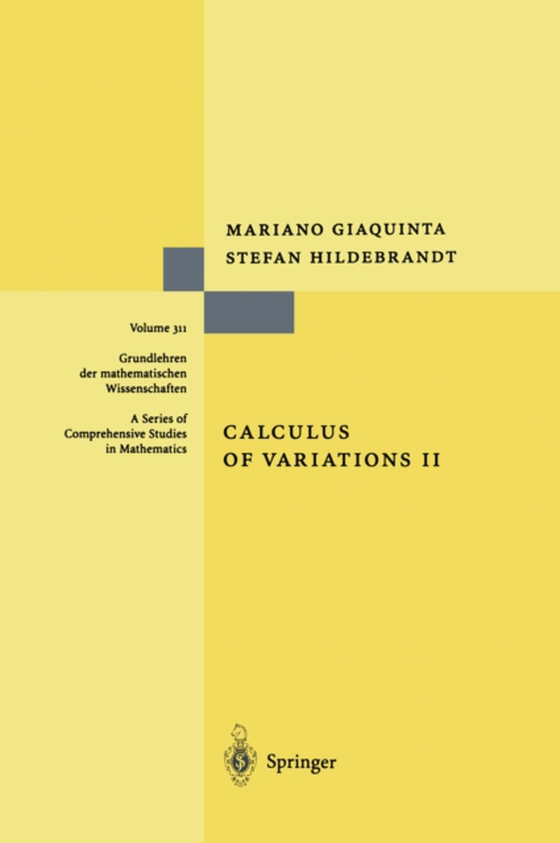
Calculus of Variations II e-bog
1021,49 DKK
(inkl. moms 1276,86 DKK)
This book describes the classical aspects of the variational calculus which are of interest to analysts, geometers and physicists alike. Volume 1 deals with the for- mal apparatus of the variational calculus and with nonparametric field theory, whereas Volume 2 treats parametric variational problems as weIl as Hamilton- Jacobi theory and the classical theory of partial differential equations of...
E-bog
1021,49 DKK
Forlag
Springer
Udgivet
9 marts 2013
Genrer
PBMP
Sprog
English
Format
pdf
Beskyttelse
LCP
ISBN
9783662062012
This book describes the classical aspects of the variational calculus which are of interest to analysts, geometers and physicists alike. Volume 1 deals with the for- mal apparatus of the variational calculus and with nonparametric field theory, whereas Volume 2 treats parametric variational problems as weIl as Hamilton- Jacobi theory and the classical theory of partial differential equations of first order. In a subsequent treatise we shall describe developments arising from Hilbert's 19th and 20th problems, especially direct methods and regularity theory. Of the classical variational calculus we have particularly emphasized the often neglected theory of inner variations, i. e. of variations of the independent variables, which is a source of useful information such as monotonicity for- mulas, conformality relations and conservation laws. The combined variation of dependent and independent variables leads to the general conservation laws of Emmy Noether, an important tool in exploiting symmetries. Other parts of this volume deal with Legendre-Jacobi theory and with field theories. In particular we give a detailed presentation of one-dimensional field theory for non para- metric and parametric integrals and its relations to Hamilton-Jacobi theory, geometrieal optics and point mechanics. Moreover we discuss various ways of exploiting the notion of convexity in the calculus of variations, and field theory is certainly the most subtle method to make use of convexity. We also stress the usefulness of the concept of a null Lagrangian which plays an important role in several instances.
 Dansk
Dansk

